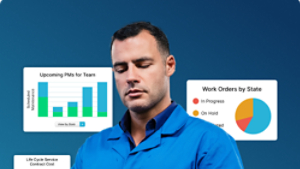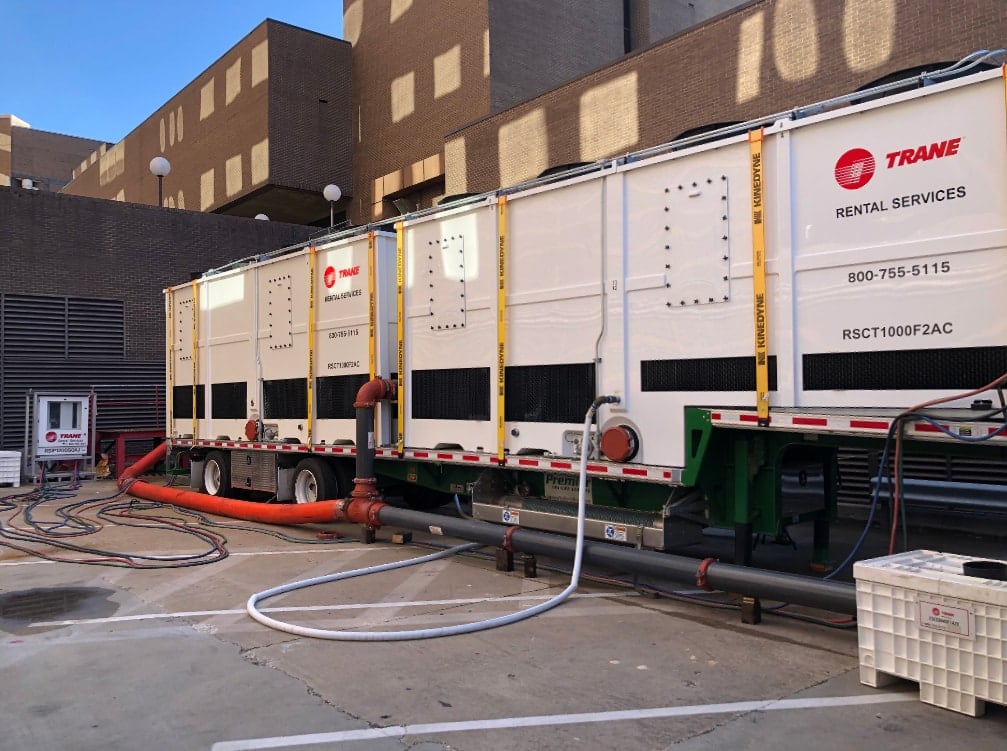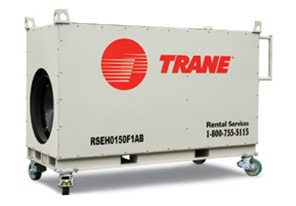Northeast Gas Pipeline Shortages Impact Pricing And Clean Energy Goals
March 07, 2018

Despite not producing any themselves, the six states in New England have surged their reliance on natural gas-fired electricity generation. ISO New England now receives approximately 50% of its power generation from natural gas, versus 10-15% a decade ago. Over 30 gas plants have been built in the region since 2000. Based on the goal of reducing GHG emissions, the decreased efficiency seen in wind and solar generation, and the retirement of coal and nuclear plants, New England's gas demand is expected to continue to grow. New York sits in the same boat, with gas now generating 45% of the state’s electricity, doubling its market share since 2005.
One key problem has been that both New England and New York have been reluctant to add new gas pipeline capacity, which can mean fuel shortages and price spikes in winter when demand peaks – gas for heating and gas for electricity generation colliding. During the most recent stretch of much-below temperatures in early January, spot gas prices at Transco Zone 6 New York reached $175 per MMBtu, a North American record. It’s not surprising then that average industrial power rates in the Northeast during the year are double the national average at approximately $0.13 per kWh.
ISO New England has been generally supportive of increasing pipeline buildout due its concerns over grid reliability and prices in winter when gas is often unavailable in sufficient amounts. Two key projects bringing in gas from Appalachia – which now accounts for 35% of all U.S. production – would help but have struggled to get off the ground. The Constitution Pipeline (0.65 Bcf/d capacity, to New York) and Access Northeast pipeline (1.0 Bcf/d capacity, to Massachusetts) have been blocked by permitting and/or financing issues.
To illustrate, gas demand in New England averages 2.5-3.0 Bcf/d, but can rise to over 4 Bcf/d in winter. Gas pipeline capacity into the region is around 3.5 Bcf/d, so more expensive LNG shipped into Everett terminal in Boston harbor fills in. In the future, as demand continues to surge in the emerging Asian economies, Everett faces increasing competition. The LNG importing pool is expected to double to approximately 80 nations over the next decade or so.
Even though they have strong GHG reduction goals, New England and New York are also two of the hardest places to site renewable power projects. The “Not in My Backyard” problem, where residents support development of renewables but just don’t necessarily want it near their homes, has proven particularly strong. Additionally, climate conditions dictate that solar and wind generation will be less effective than in many other places.
Just recently, the $1.6 billion Northern Pass project, which would entail a 192-mile, 1,092-megawatt transmission line to carry hydropower electricity from Quebec through New Hampshire, underground through the White Mountains and out to Massachusetts on the other side, was denied a permit by the New Hampshire Site Evaluation Committee. The denial of the project is likely to increase gas reliance in New England especially and make meeting clean energy goals less likely.
In summary, climate and energy supply goals in New England and New York are clashing with the real world problem of siting. This results in higher prices for consumers in the northeast region, especially during the cold winter months. And it seems unlikely that the problems will go away any time soon.





































































































